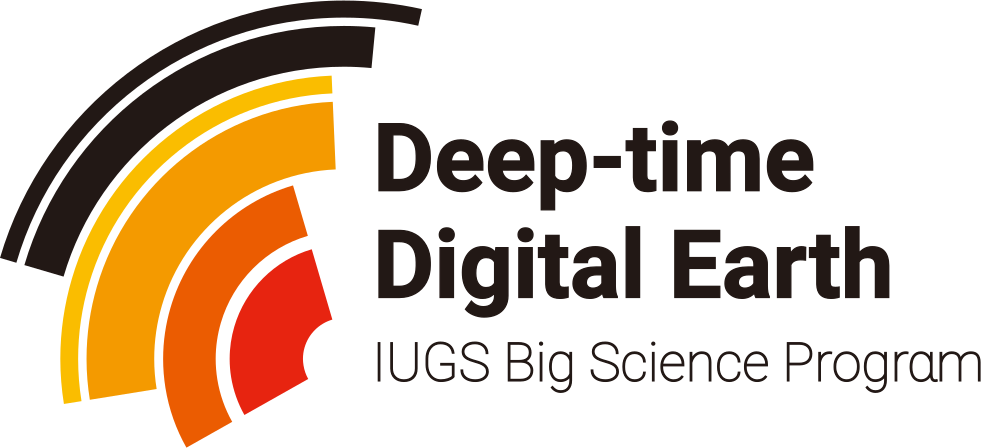
Slip (materials science)

In materials science, a slip system describes the set of symmetrically identical slip planes and associated family of slip directions for which dislocation motion can easily occur and lead to plastic deformation.An external force makes parts of the crystal lattice glide along each other, changing the material's geometry.Depending on the type of lattice, different slip systems are present in the material.More specifically, slip occurs on close-packed planes (those containing the greatest number of atoms per area), and in close-packed directions (most atoms per length). The magnitude and direction of slip are represented by the Burgers vector.The picture on the right shows a schematic view of the slip mechanism.The slip planes and slip directions in a crystal have specific crystallographic forms.The slip planes are normally the planes with the highest density of atoms, i.e., those most closely spaced, and the direction of the slip is the direction in the slip plane that corresponds to one of the shortest lattice translation vectors.Often, this is the direction in which atoms are most closely spaced.A slip plane and a slip direction constitute a slip system.A critical resolved shear stress is required to initiate a slip. Slip is an important mode of deformation mechanism in crystals.For metals and technically used metallic alloys it is by far the most important deformation mechanism and subject to current research in materials science. In materials science, a slip system describes the set of symmetrically identical slip planes and associated family of slip directions for which dislocation motion can easily occur and lead to plastic deformation.An external force makes parts of the crystal lattice glide along each other, changing the material's geometry.Depending on the type of lattice, different slip systems are present in the material.More specifically, slip occurs on close-packed planes (those containing the greatest number of atoms per area), and in close-packed directions (most atoms per length). The magnitude and direction of slip are represented by the Burgers vector.The picture on the right shows a schematic view of the slip mechanism.The slip planes and slip directions in a crystal have specific crystallographic forms.The slip planes are normally the planes with the highest density of atoms, i.e., those most closely spaced, and the direction of the slip is the direction in the slip plane that corresponds to one of the shortest lattice translation vectors.Often, this is the direction in which atoms are most closely spaced.A slip plane and a slip direction constitute a slip system.A critical resolved shear stress is required to initiate a slip. Slip is an important mode of deformation mechanism in crystals.For metals and technically used metallic alloys it is by far the most important deformation mechanism and subject to current research in materials science. Slip in face centered cubic (fcc) crystals occurs along the close packed plane. Specifically, the slip plane is of type {111}, and the direction is of type <110>. In the diagram on the right, the specific plane and direction are (111) and , respectively. Given the permutations of the slip plane types and direction types, fcc crystals have 12 slip systems. In the fcc lattice, the norm of the Burgers vector, b, can be calculated using the following equation:


